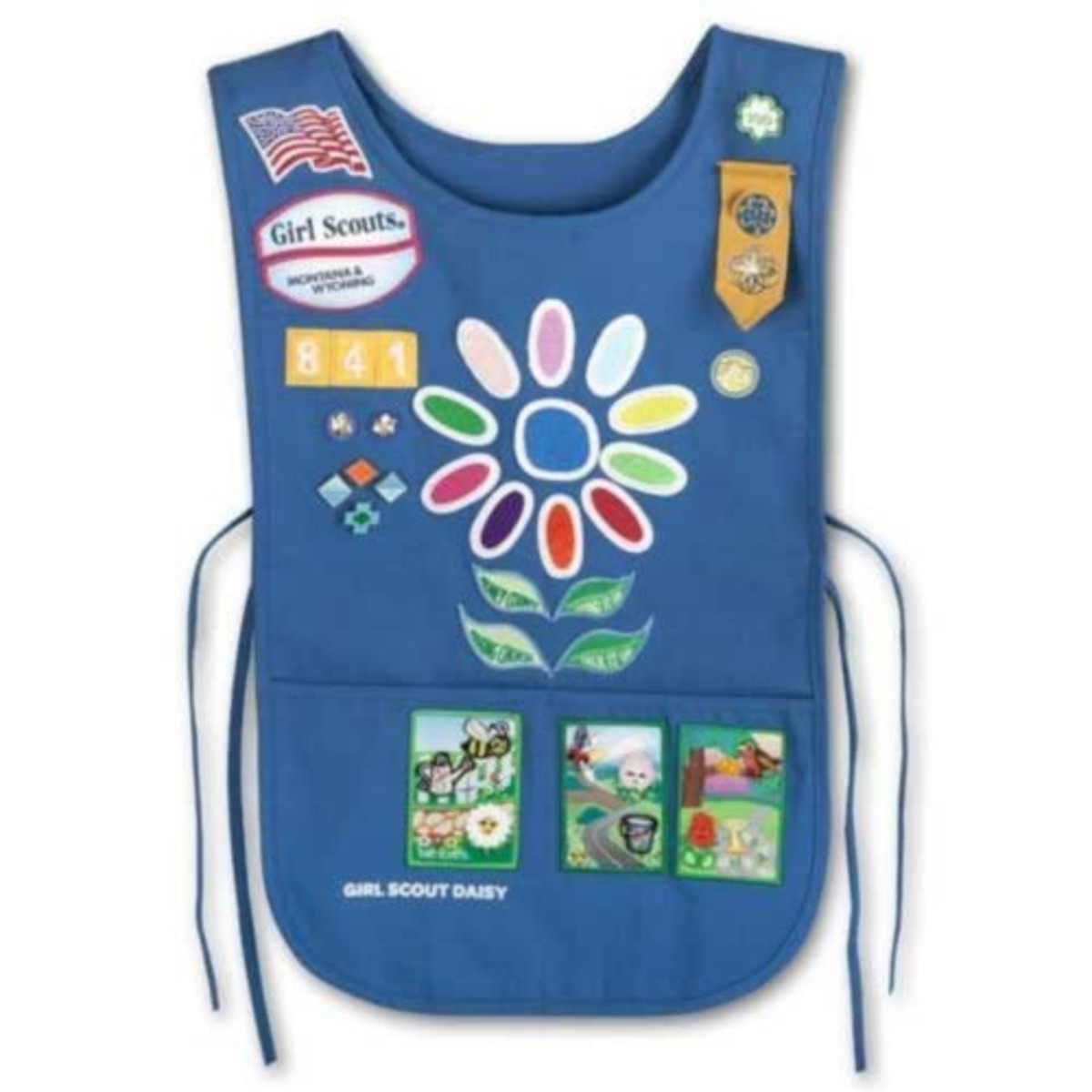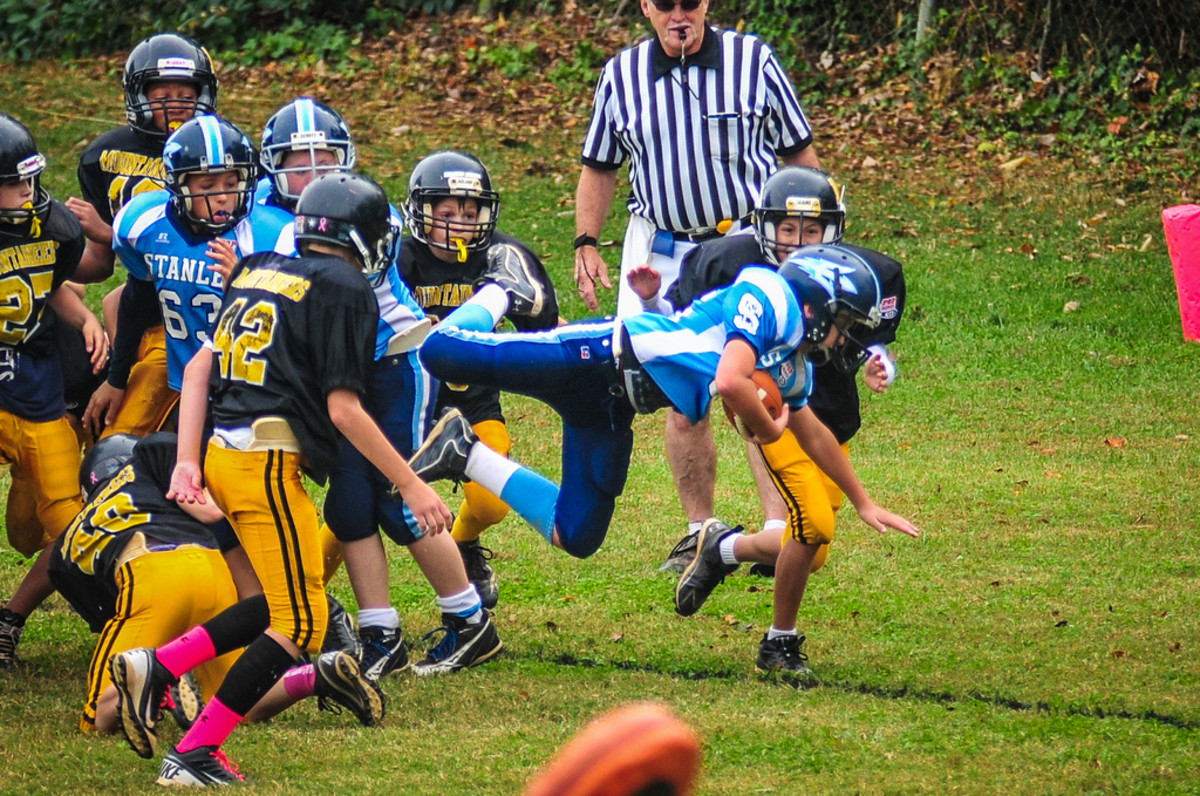How to prepare for Little League Majors tryouts. Be ready! Get drafted!
Little League Majors Tryout
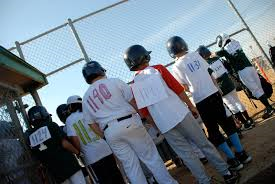
Knowing if you should tryout
First verify your age for the upcoming season here: http://www.littleleague.org/leagueofficers/determine_league_age/league_age_calculator.htm
My sons play and played for Los Altos and Los Altos Hills Little League in California which I like to consider to be a relatively strong league. The Majors division is comprised of 7 teams, each carrying a roster of 12 players. The AAA minors division feeding into Majors has 11 teams, so competition can be fierce at tryouts. The competitive standard is somewhat mitigated however by the fact that some very qualified players opt to "stay down" in AAA minors. I would say that if you are 10 years old, and a capable 2 year veteran of AAA minors, you are ready to tryout. Getting drafted as a 10 YO can be very hard though as most leagues have a maximum allotment of two 10 year olds per team in each season. Hence, our league has a maximum allowance of 14, 10 year olds eligible to be drafted each season. We also have a mandate that ensures all 12 year old candidates must be taken, so only the 10 and 11 year old kids are in jeopardy of not being picked. If you are still on the fence about trying out it would behoove you to ascertain how many spots are available for your age year. I encourage anyone considering it to definitely tryout given the fact that so many good players opt to stay down in minors for the sheer fear of rejection. That happens in every league.
It is ideal if you have already cultivated a relationship with all or most of the managers/coaches. Meanwhile, don't be an overzealous "hover" parent. Don't pace around the tryout plugging the talents of your kid and don't mail out personal stats, photos, or videos (however tempting that it may be if your player is new to a league or area). It can also certainly help your candidacy if you play travel baseball for the local team in your area. Coaches like to know who is playing year-round. Immediately before your tryout be sure to take a few rounds of hard machine cage exemplified by the video below.
Glove sizing chart
A Round in the Cage
The day of the tryout
The big day of the tryout has arrived. Actually, you will probably have the option of 2 different Saturdays and 2 separate sessions to choose from on each of these days. In our league we are usually drafting to replace 40-44 exiting 12 year olds. We usually have 50-65 kids tryout over the 4 sessions, so the competition can be stiff for the 10 and 11 year olds, while the 12 year olds are assured of a place in Majors due to their "must draft" status. If you are legitimately concerned you may be on the bubble of making a team then you might watch a tryout session first, practice the stations on your own, and then tryout with the final group. The last session has a lot less anticipation and anxiety in the air and also usually goes a bit more quickly as most of this year's hopefuls have already gone through in the first 3 sessions.
Timed run from home to 2nd
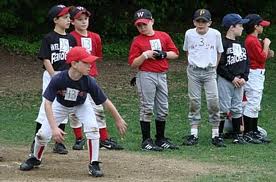
Station 1: Timed Run from Home to 2nd Base
At most Majors tryouts the timed run is usually the first but sometimes the final station. If it is your first station then get fully warmed up 10 minutes before you run. Run an easy quarter mile and then run a few short wind sprints. You may be trying out on a full-sized high school baseball diamond like we do which means you will run 180+ feet depending on how wide you turn. Practice the home-to-2nd base run beforehand a few times on different days prior to your evaluation. Round your turn at 1st and always step on the inside of the bag. Do not stop or slide at 2nd base but rather run straight through the base like you are crossing the finish line in a track meet.
get in front
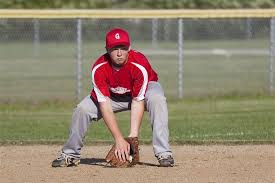
Station 2: Infield Grounders and Throw
The pitching machine will be trained down for grounders and setup off to the left and in front of home plate. Be sure to warm up for this drill with a buddy by throwing hard grounders to each other and forcing each other to move laterally to get to the ball. Like most of these station drills, there is a mild advantage in not going first or even early. If you have a choice, move to the middle or the back of the station line so you may observe the kids in front of you and adjust your approach. There will be three fielding positions. First you will stand between 2 cones placed about 4 yards to each side of you. You will field a hard grounder directly to you and rise up (stepping forward at your target) and make a hard and accurate throw to a receiver setup at 1st (or about where 1st base would be). Next, setup on the left cone and move quickly and laterally right to field 2 balls between the middle of the cones. Finally, you will setup on the right cone and move left for 2 grounders. If your majors' tryout is appropriately challenging, your grounders will be dialed up to about 60+ mph. Therefore, when moving laterally to field balls from the sides, you may want to anticipate the firing of the balls and start moving as the coach is feeding the balls. If it is too hard to field the ball cleanly, make your best effort to knock the balls down and keep them in front of you. Remember to start with your glove all the way down and then rise with the hop. Don't give up on the play and be sure to make a throw even if you are late with the ball. The coaches are looking for infield tenacity, quickness, accuracy, and arm strength. See the video below for ground ball technique. Remember though, the balls will be coming much faster and from farther away and you will likely have to bounce up and finish with an 80 foot throw.
proper ground ball technique
Flyball technique
Station 3: Fielding Fly Balls
Catching and throwing fly balls sounds like it may be a relatively easy station in the tryout. The challenge comes from the long and high trajectory of the ball and the effect of any wind that may be present. The ball will be shot out of the machine at about a 45 degree angle and travel 120-160 feet in the air. Most players coming from minors are not accustomed to such high fly balls. The first and most common mistake is to charge in on the ball and have it fly way over your head. Always freeze for a second or 2 before breaking in on a fly ball. Get out and practice before your tryout with a coach, parent, or older kid who can bat the balls from home to the deep outfield. Review the video at right for proper flyball technique. You will likely be tested on moving laterally to each side and backing up on the ball. The coaches and evaluators are looking for a steady and balanced catch while stepping forward slightly. Then finish coming up with a crow hop and hard throw to your cutoff man. As with the ground ball station, the subsequent throw is as important as the catch and you should focus on power and accuracy. Also, be sure to include long toss in your throwing warmup since you will be demonstrating your arm strength at the fly ball station.
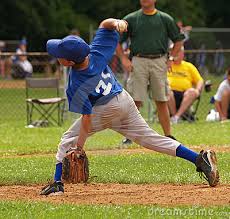
Station 4: Pitching
Pitching is the first of the last 2 showcase stations. When receiving individual instruction and private lessons, most players focus specifically on the individual disciplines of pitching and hitting. In just 2-3 private lessons with a professional, any player can dramatically improve their confidence, command, and velocity. Be sure to be fully warmed up with 10-20 pitches before taking the mound at the pitching station. You will get 2-3 warmup pitches and then 5 real pitches to a live catcher who is usually a majors veteran. The coaches and evaluators are looking for balance and command foremost. Throw a few strikes and then you can reach back and try a few hard ones. Only throw a breaking ball if you are quite confident it will be caught. Don't "get cute" and shake off pitches and don't take too long between pitches. Most coaches don't want to draft prima donnas. If you have no experience pitching just play catch with the catcher and avoid showing any frustration.
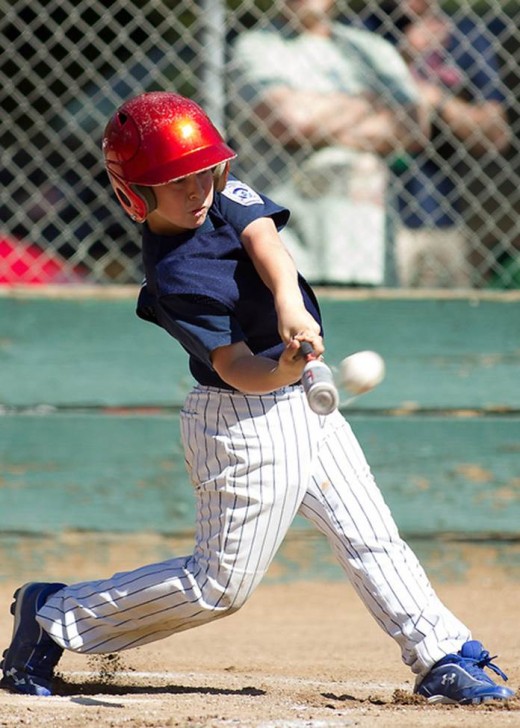
Station 5: Hitting
The batting station is where you really get to showcase your talent at the plate. Like other stations, it is better if you can watch at least a few batters before you go in order to get a gauge for the machine speed and trajectory. Ideally, you got in some batting cage rounds on the days before, and on the morning of the tryout. It's best to make a visit to machine pitch batting cages and bounce around the different speeds from 50 to 55 to 60 mph. Always finish on a speed slightly faster than the speed you anticipate seeing at the tryout. If you didn't get a chance to hit before this station then at least warmup with 20-30 swings off to the side or on a baseball tethered around a tree or pole. Perhaps more than any other station, kids are really trying to impress at the hitting station and they make some common and crucial mistakes. The first is over-swinging and pulling their head off the ball. Just start out going for solid contact with a line drive or hard grounder back up the middle. Try to hit the ball right back at the machine. Some of the strongest hitters will try to crush the ball while taking their eyes off it and dropping their bat head. Just remember, the coaches want to see a quiet and disciplined swing that is efficient and quick to the ball and they are counting how many times you make contact. Swing form and steady contact are where to start before you should try to drive the ball deep or pull the ball hard. If your batting helmet is almost flipping off your head and you are finishing off-balance, you are swinging way too hard and probably missing. Keep your bat level, stay back on the ball, and see the top half.
Have a great tryout!

